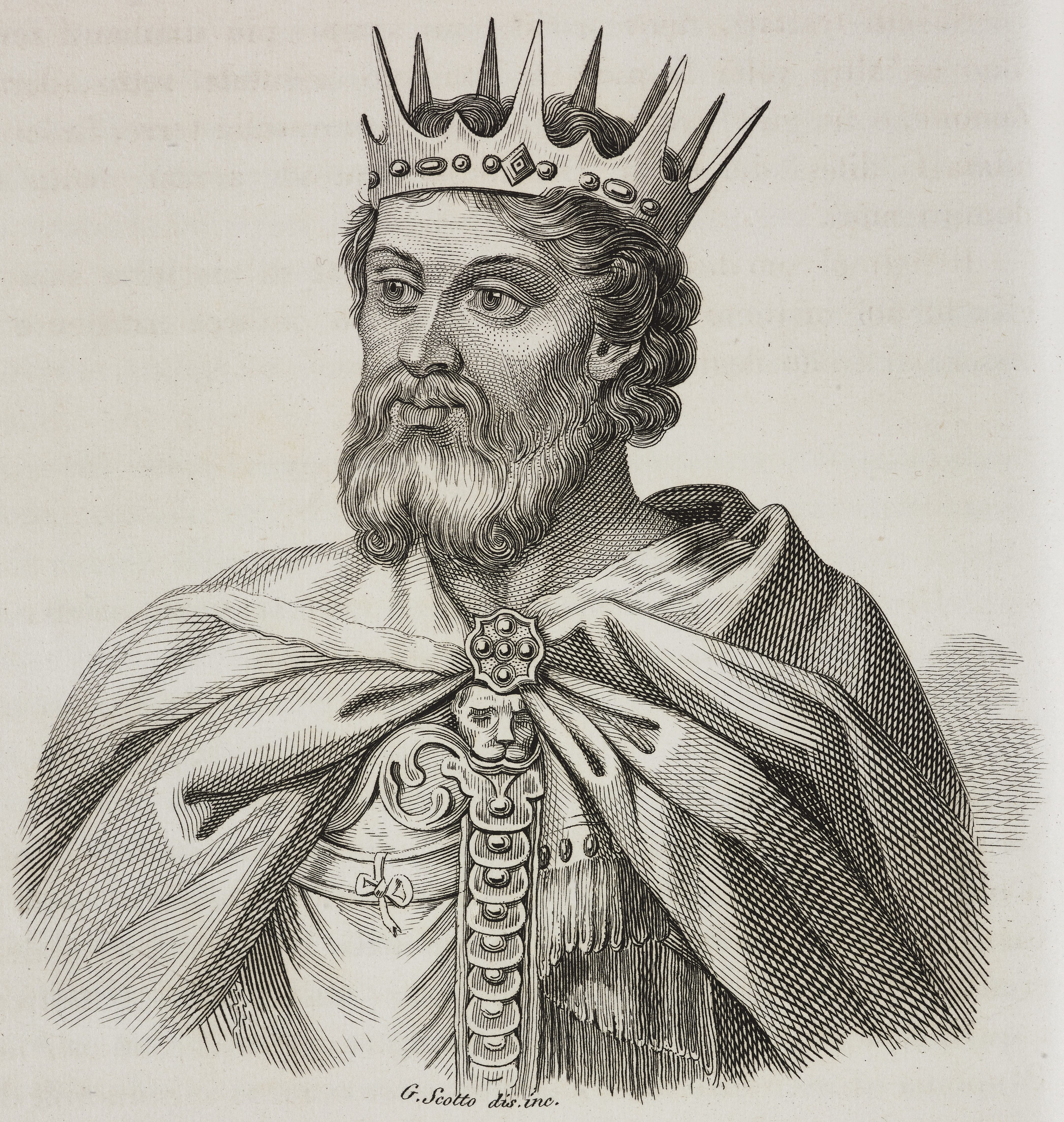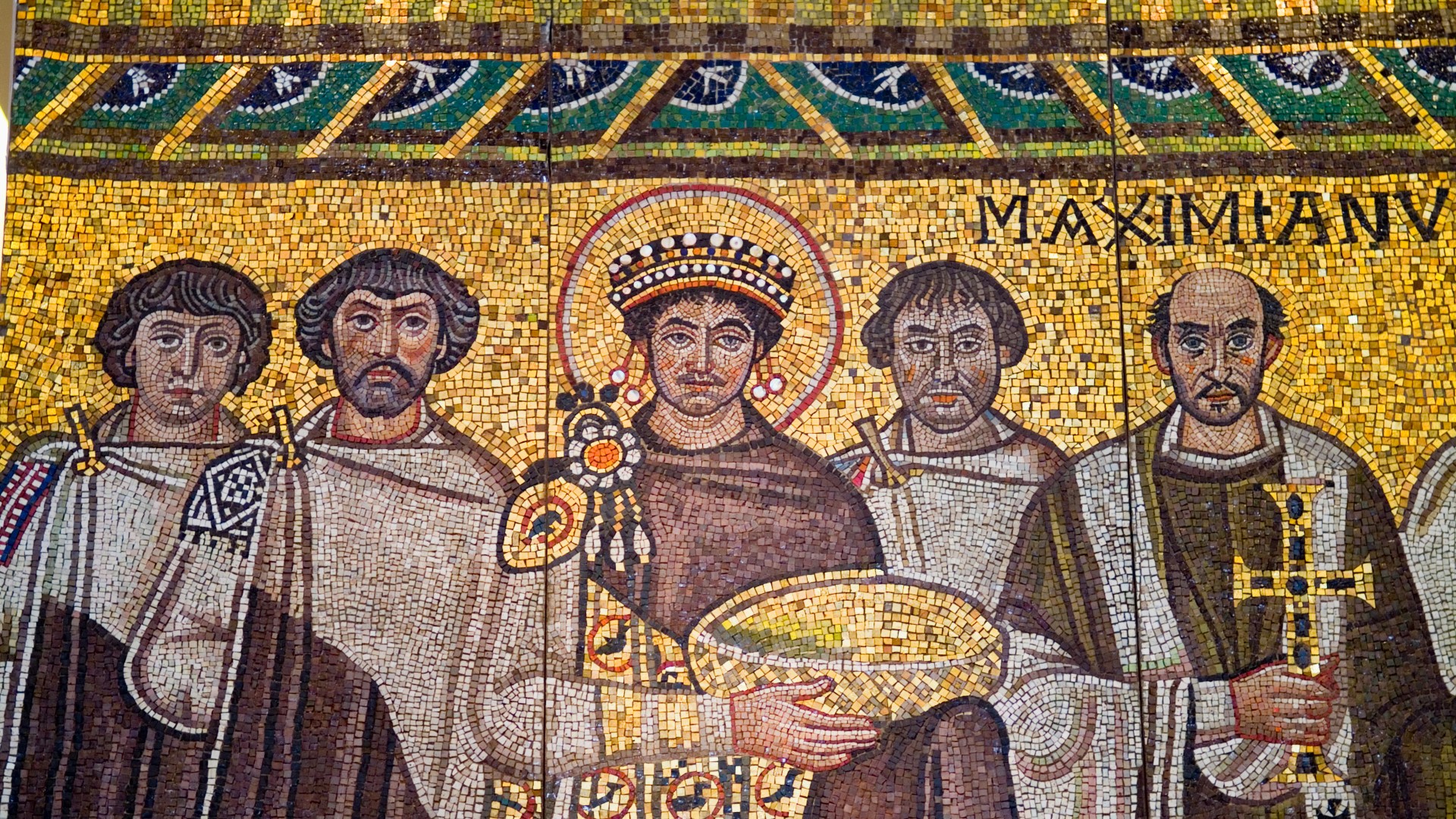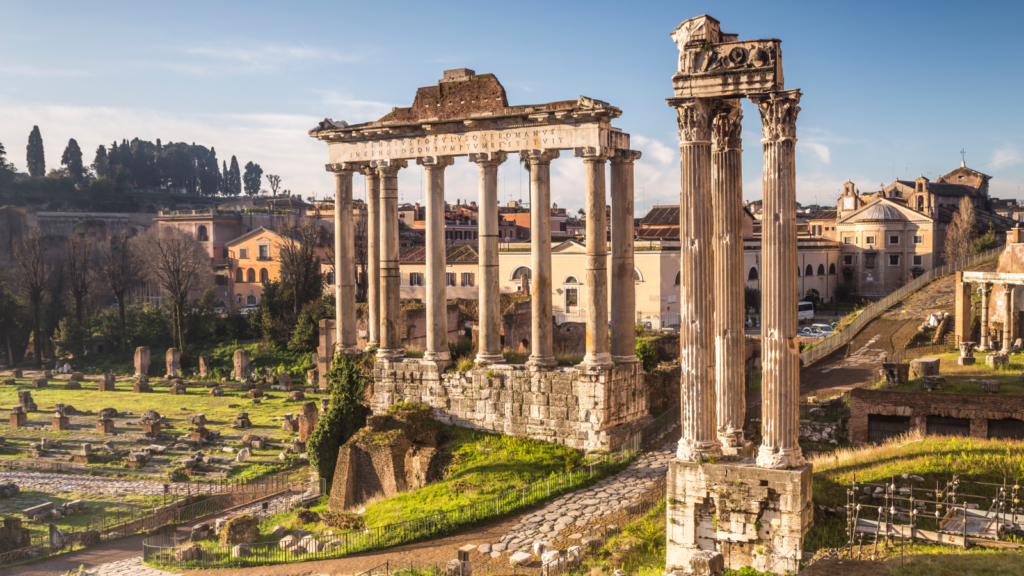The Western Roman Empire famously ended in A.D. 476 when its last emperor abdicated the throne. But the city of Rome continued on. So what happened to the “Eternal City” after it was no longer the capital of one of the largest and most enduring empires ever seen?
In the century after the empire’s fall, multiple powers fought over Rome in a series of devastating wars. The city’s population collapsed, and one historical text claimed that it was even abandoned for a brief period.
Rome wasn’t built in a day: The Romans believed it was founded in 753 B.C., although archaeological excavations suggest that it went back earlier than that. Regardless of when the city was founded, it became the seat of power for a vast empire that spread from the British Isles to North Africa.
But the empire eventually became too large to govern by one person. The Roman Empire became permanently divided by the fifth century A.D., with the Western Roman Empire ruled from either Rome or the Italian city of Ravenna, about 175 miles (280 kilometers) northeast of Rome; and the Eastern Roman Empire from Constantinople. The Western Roman Empire faced multiple invasions by various “barbarian” groups during the fifth century and had lost much of its territory before it officially fell.
The empire ended after Romulus Augustulus, the last western emperor, was forced to abdicate by a man named Odoacer, a German warrior and “barbarian,” who became ruler of Rome and along with other parts of Italy. However, he refused to name himself emperor, and the Western Roman Empire officially ceased to exist. Instead he had an envoy bring the imperial regalia to the emperor of the Eastern Roman Empire as a gesture to improve relations.

Between A.D. 488 and 493, Odoacer’s forces were defeated in a series of campaigns launched by Theodoric, leader of the Ostrogoths, a “barbarian” group that had invaded both the eastern and western parts of the Roman Empire. Odoacer was killed, and Theodoric became the ruler of Rome, along with much of Italy. He reigned until his death in 526.
Related: Is Latin a dead language?
Surviving records and archaeological evidence suggest that Theodoric took care of Rome. “The citizens of Rome were heavily patronized by him: he paid for the upkeep of monuments, paid for games in the circus and colosseum, provided free or subsidized grain and the list goes on” Jon Arnold, an associate professor of ancient and medieval history at the University of Tulsa, told Live Science in an email.
While Rome wasn’t attacked by outside groups during Theodoric’s reign, it suffered from internal problems. Rome’s population was mainly Christian, and the pope was based there, but elections for a new pope were sometimes contentious.
“In 498 there was a disputed papal election that led to a schism in Rome” with two popes ruling at the same time between roughly 501 and 507, Arnold said. “It led to violence in the streets, and the Romans of Rome actually appealed to [Theodoric] to intercede, which he reluctantly did.”
There was also an intense hatred of Jews that led to riots. “The Romans of Italy also seem to have been more concerned about Jews than Goths: there were a number of instances of antisemitic riots in Rome and other cities throughout this period,” Arnold said. Antisemitic riots were not confined to Rome and occurred in other cities throughout the region during this time, Arnold said.
It’s not clear how many Jews were in Rome during this period, but they had lived in Rome for many centuries prior to this. Most Romans had converted to Christianity by this time and tensions between the two religions may have contributed to the riots.
Byzantine invasion
Things changed dramatically for Rome after Theodoric’s death, when Justinian I, emperor of the Eastern Roman Empire, or Byzantine Empire, invaded Italy in 535. Rome was on the front lines, and control of the city changed several times between Justinian’s troops and Ostrogoth forces.
One text from the Eastern Roman Empire, known as the “Chronicle of Marcellinus Comes,” claims that in A.D. 547, Rome’s condition had reached “the point where neither man nor beast lingered there” and was abandoned for 40 days (translation by Bertrand Lancon). While modern-day historians tend to regard this as an exaggeration, it is generally agreed that Rome had lost much of its population by this time.
In A.D. 554, Justinian’s troops recaptured Rome for the final time, and the city came firmly under the control of the Byzantine Empire. However, even this didn’t bring peace for long, as a group called the Lombards, a group from Central Europe, attacked Italy in 568. They took a large amount of Byzantine territory but were unable to conquer Rome, meaning it stayed under Byzantinian control.
“The Lombards never took Rome itself though they besieged it several times,” Hendrik Dey, a professor of art and art history, wrote in his book “The making of Medieval Rome: A New Profile of the City, 400-1420” (Cambridge University Press, 2021).
Related: Did all roads lead to Rome?

A vastly smaller city
During the fourth century, the city of Rome had a population of about 1 million people. But this number dropped to around 80,000 in the early sixth century and then fell much lower by the time Justinian’s campaign ended, Noel Lenski, a professor of classics and history at Yale University, told Live Science in an email. Enslaved people made up part of that population, Lenski noted.
In addition to war and enslavement, the people of Rome experienced other problems, including natural disasters and health crises.
“This same period witnessed widespread famines, major climatic events that led to global cooling, and outbreaks of the bubonic plague, which probably led to significant demographic decline,” Arnold said. “By the end of the century, some people believed the End of the World was drawing nigh,” Arnold added, noting that Pope Gregory I (ruled 590 to 604) was one of them.
But the “City of Seven Hills” persisted as a center of religion and culture over the centuries, partly because the pope is based there at Vatican City. Today, Rome is a popular city for tourists to visit.
Roman emperor quiz: Test your knowledge on the rulers of the ancient empire
